Can Blueberries Help with Diabetes and Repairing DNA?
Blueberries are put to the test against insulin resistance, oxidation, and DNA damage. A famous pair of Harvard studies involved so many people over such […]
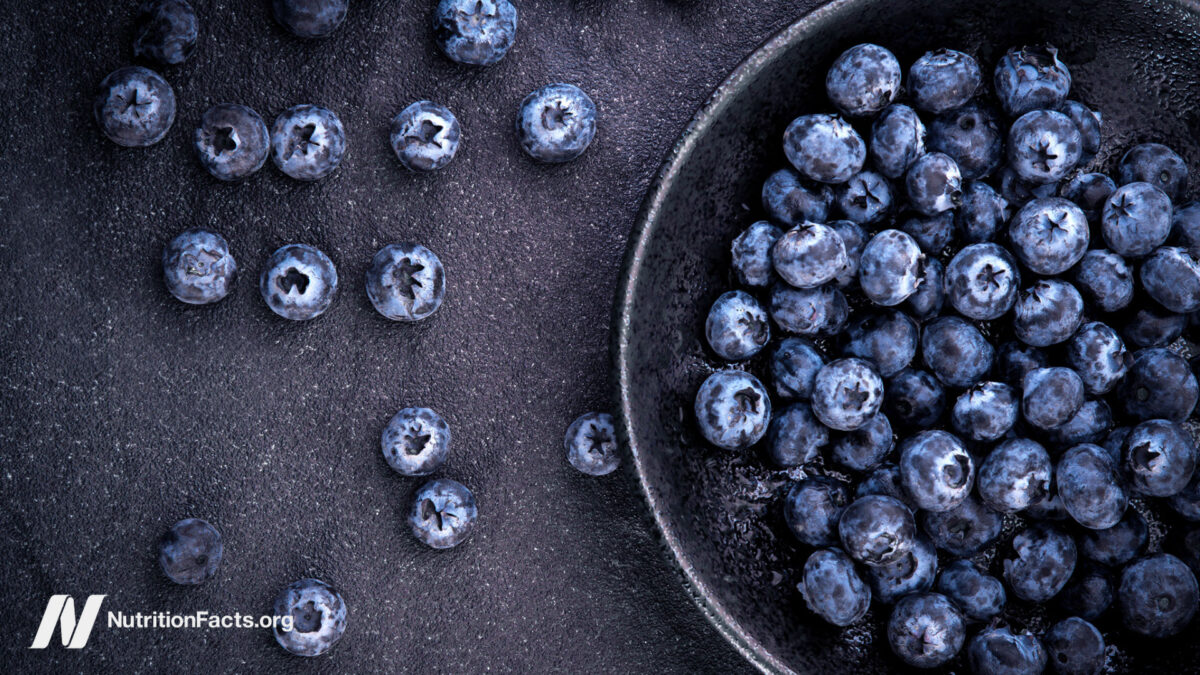
Blueberries are put to the test against insulin resistance, oxidation, and DNA damage.
A famous pair of Harvard studies involved so many people over such long a time that they’ve accumulated millions of person-years of data. As I discuss in my video Flashback Friday: Blueberries for a Diabetic Diet and DNA Repair, the studies found the consumption of anthocyanin-rich foods, those containing brightly colored plant pigments and “particularly blueberries,” was associated with a lower risk of developing type 2 diabetes. Just two or three servings of blueberries a week has been associated with a 23 percent lower risk. In my Daily Dozen, I recommend at least one serving of berries every day—a half-cup of fresh or frozen berries or a quarter-cup of dried.
What do berries have to do with diabetes? Well, type 2 diabetes is caused by insulin resistance, and interventional studies “clearly showed that dietary BBE [berries] ameliorates insulin resistance.” Sounds good, but that was in diabetic mice. What happens in people? As you can see in the graph below and at 1:05 in my video, those consuming a lot of anthocyanin-rich foods like berries didn’t just have less inflammation, but significantly lower insulin resistance as well. By how much? By as much as you would get walking an hour or so a day, seven days a week.
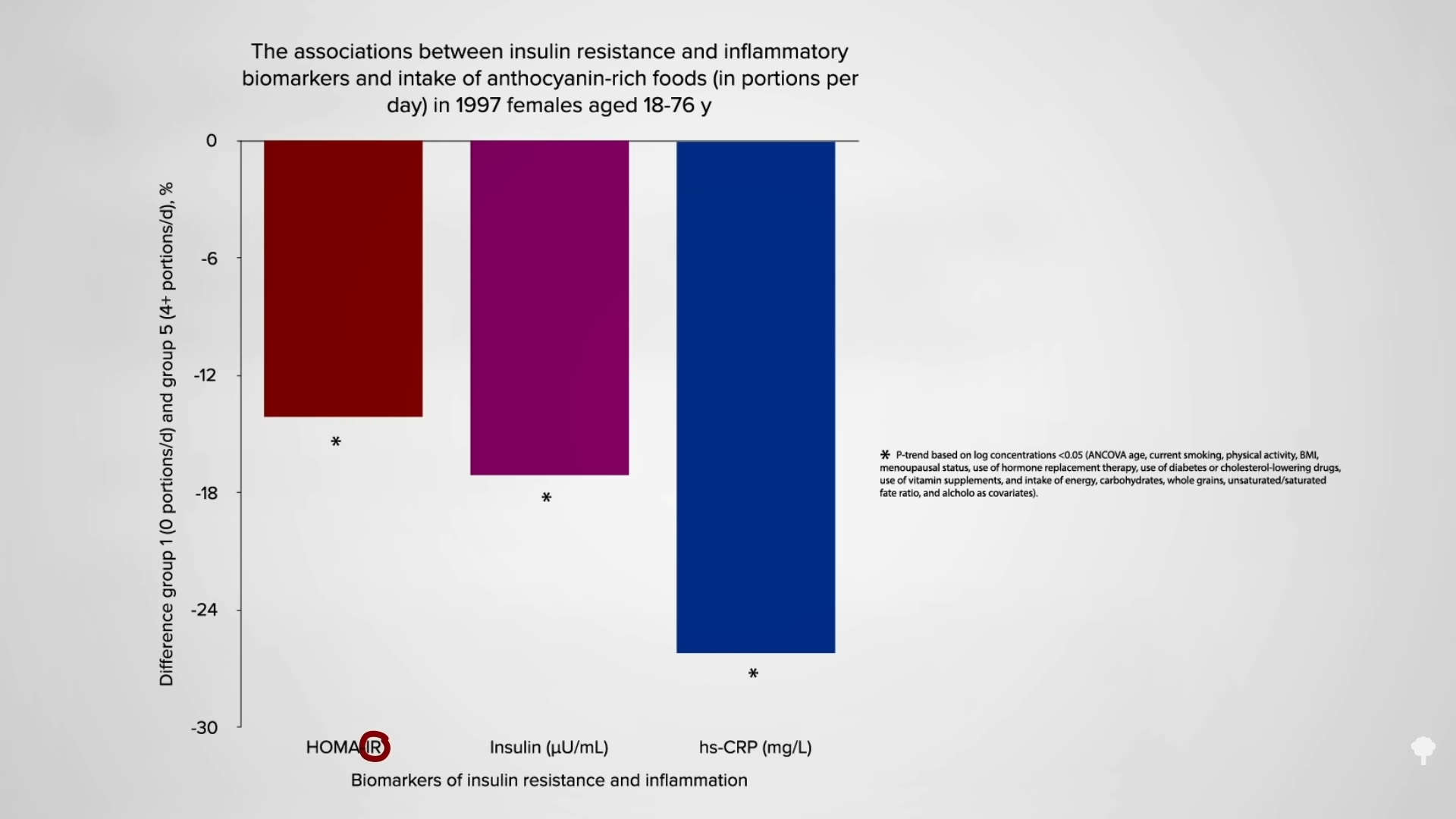
How many berries were they eating? They were getting 35 milligrams of anthocyanins a day, which, as you can see below and at 1:28 in my video, would be equivalent to a cup of strawberries or cherries, a half–cup of raspberries, a quarter–cup of blackberries, or just a few spoonsful of blueberries. That was just a snapshot-in-time cross-sectional study, though. What we need are interventional trials, where you give people blueberries in a double-blind, randomized, and placebo-controlled clinical trial to truly put them to the test, and we got just that.

In order to fake out people with a placebo, the researchers used powdered blueberries equivalent to about two cups of fresh blueberries in a smoothie. As you can see in the graph below and at 2:09 in my video, the results demonstrated a significant improvement in insulin sensitivity.
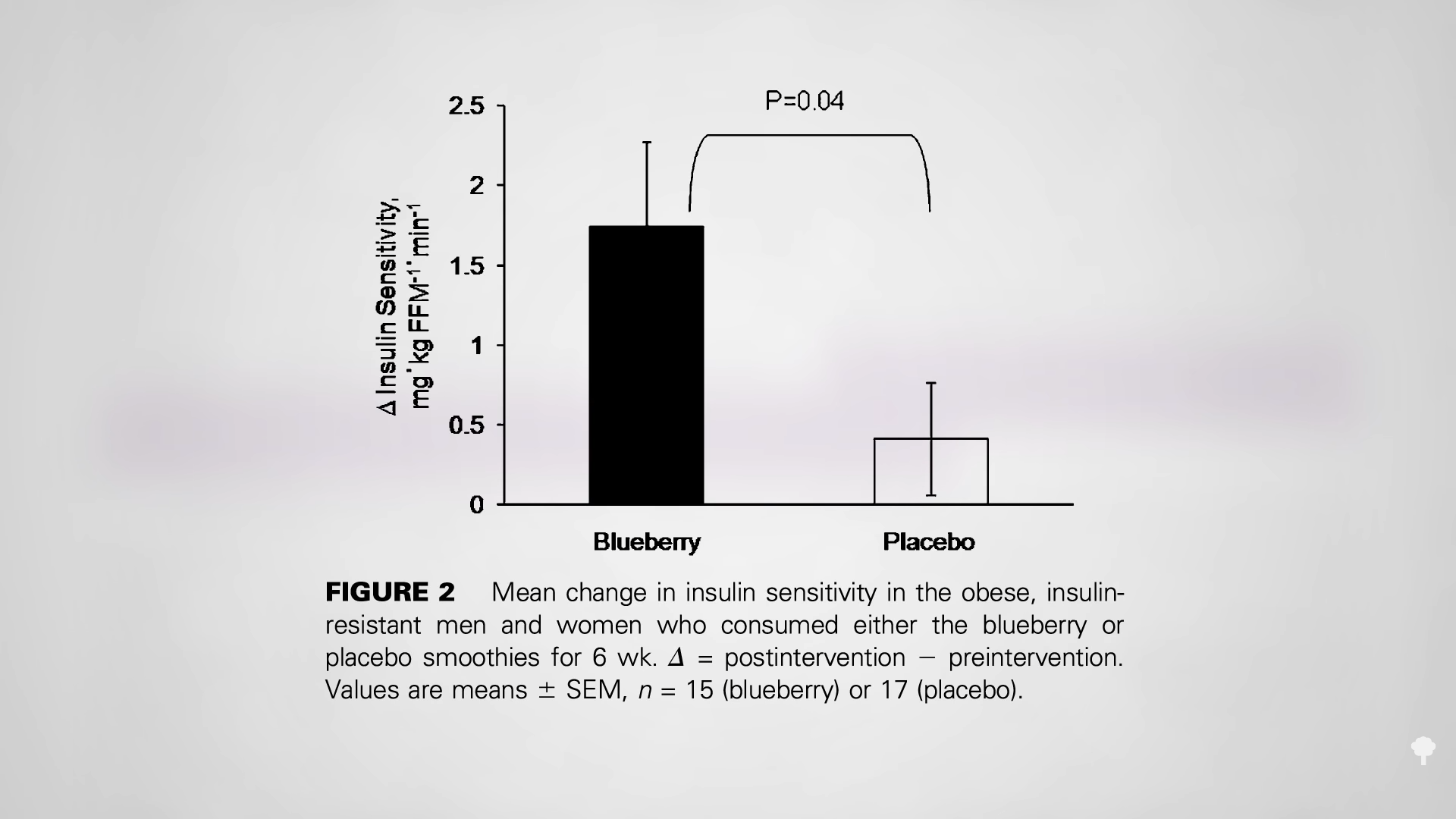
There are a lot of blueberries in two cups! What benefits could be expected for a typical half-cup serving? Another study demonstrated a significant reduction in postprandial oxidation—that is, all of the free radicals created when you eat some sugary breakfast like corn flakes. The antioxidant capacity of your bloodstream takes a nosedive two hours afterwards, as your body tries to cope. But, eat it with a half-cup of blueberries, and your antioxidant levels start out higher and stay higher after the meal. The researchers also tried adding just a quarter–cup of blueberries, but that was not enough. So, we should strive for a full serving. You can see a graph depicting this below and at 2:29 in my video.

The reason we care about free radicals is because they can damage our DNA. Can a single portion of blueberries really improve protection against DNA damage? Yes! Researchers drew blood from people before and after they ate some frozen blueberries, then exposed their white blood cells to free radicals in the form of hydrogen peroxide. They found that blueberries significantly reduced the DNA damage done within a single hour after berry consumption. “However, the protective effect was transient,” and our DNA vulnerability returned within two hours. So, we should eat super healthy foods like berries at every meal. In conclusion, one serving of blueberries can improve our cellular resistance to DNA damage, “thus supporting the importance of consuming vegetable foods regularly.”
Berries pack such a nutritional punch that I recommend eating at least half a cup a day in my Daily Dozen. (Download the free iPhone or Android app, or print the Daily Dozen checklist here.)

 Troov
Troov 








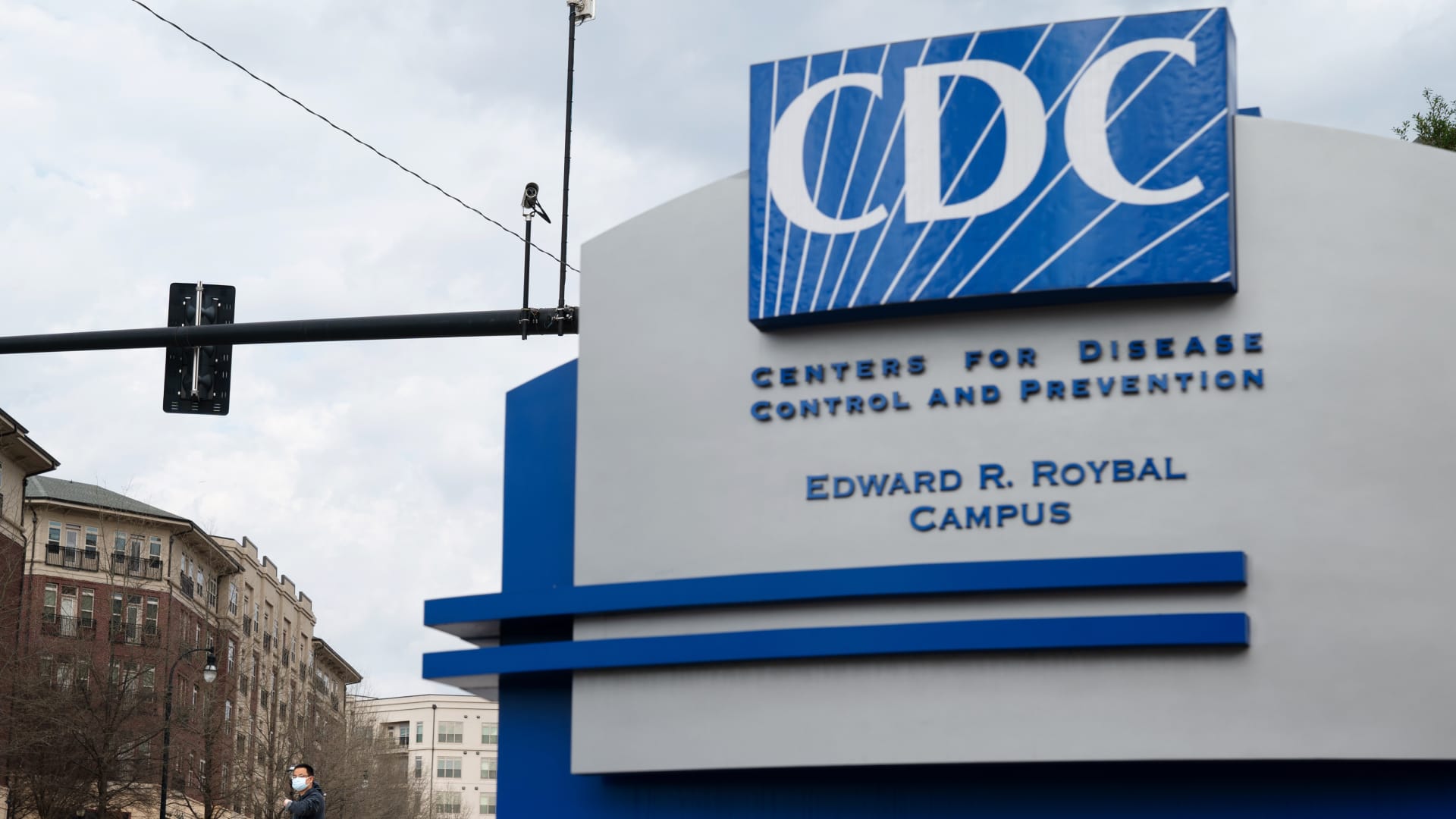

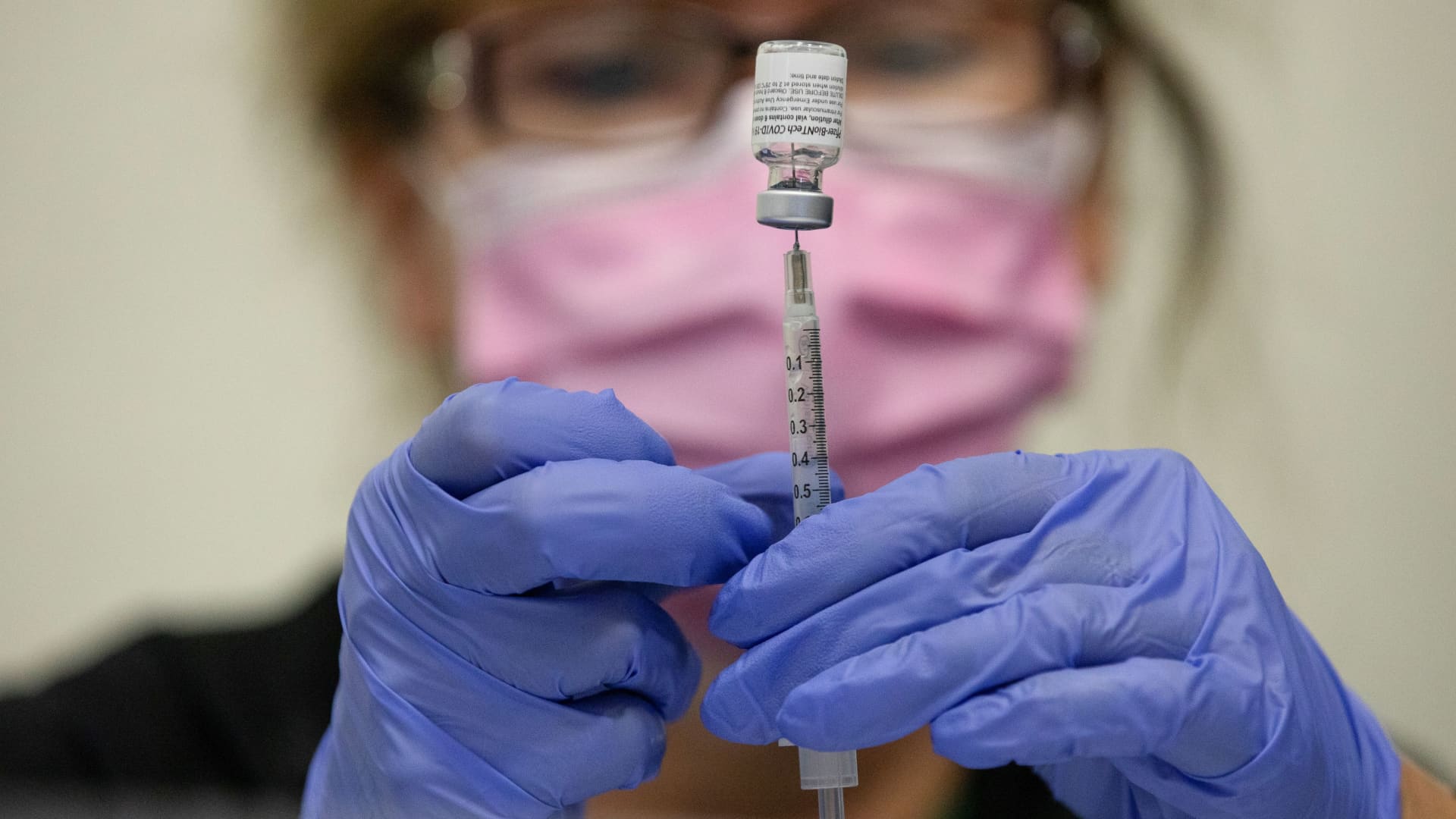
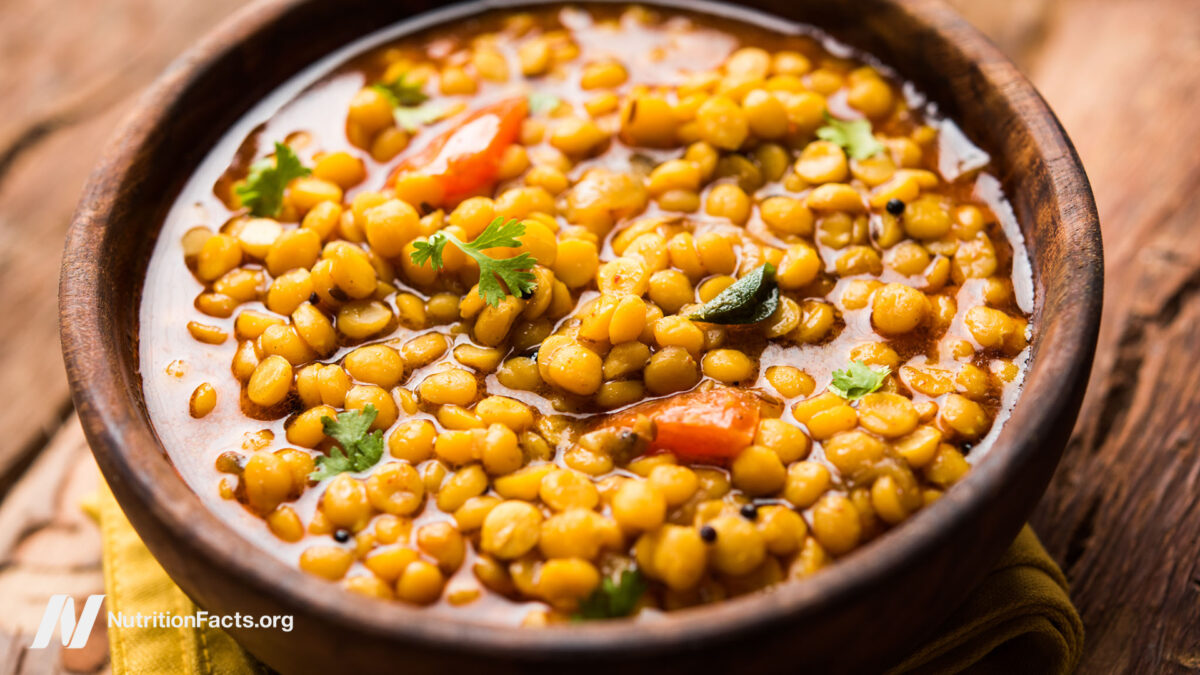

















.jpg&h=630&w=1200&q=100&v=6e07dc5773&c=1)

